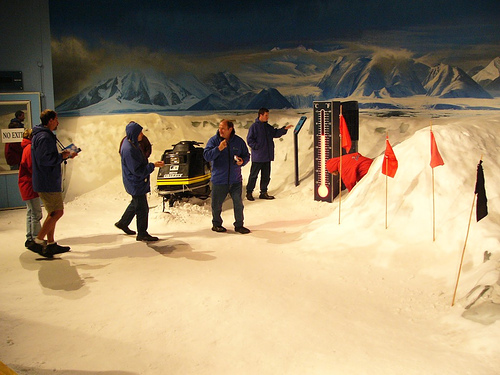The tourism industry in New Zealand

People credited with this unit standard are able to demonstrate knowledge of terms, types, and travel styles commonly used in tourism in New Zealand; demonstrate knowledge of participants in the tourism industry in New Zealand; and demonstrate knowledge of the significance of the tourism industry to New Zealand.
Contents
- 1 This unit is used in the following courses
- 2 Demonstrate knowledge of terms, types and styles of travel commonly used in tourism in New Zealand
- 3 Demonstrate knowledge of participants in the tourism industry in New Zealand
- 4 Demonstrate knowledge of the significance of the tourism industry to New Zealand
- 5 Resources
This unit is used in the following courses
Demonstrate knowledge of terms, types and styles of travel commonly used in tourism in New Zealand
- Demonstrate knowledge of terms used in the tourism industry are defined in accordance with tourism texts and/or publications.
Range: may include but are not limited to - tourism, tourist, tourism product, excursionist, inbound tourism, outbound tourism, domestic tourism, international tourism, host regions, generating markets, evidence is required for a minimum of eight terms.
- Types of tourism are described in terms of their characteristics.
Range: types of tourism may include but are not limited to - adventure, rural, events, eco tourism, cultural, conference and convention; evidence is required for five types.
- Styles of travel are described in terms of New Zealand Tourism Board definitions.
Range: back packer, package traveller, Free Independent Traveller (FIT), semi-independent traveller.
Demonstrate knowledge of participants in the tourism industry in New Zealand
- Participants in the New Zealand tourism industry are described in terms of their function within the industry.
Range: evidence is required for a minimum of 12 participants of which four will be direct providers, four will be support services, and four will be developmental organisations.
- Relationships between participants are described in terms of the ‘one industry concept’.
- Industry career paths are identified in terms of job titles and career progression.
Range: evidence is required for a minimum of two career paths.
- The contribution to the tourism product of people who interface with visitors is described in terms of their attitude and approach to visitors.
Range: people who interface with visitors - those directly employed within the tourism industry, those employed in ancillary industries, residents of the host region and/or country.
Demonstrate knowledge of the significance of the tourism industry to New Zealand
- The significance of domestic tourism to New Zealand is explained in terms of person nights, expenditure, length of stay, and purpose of visit.
- The significance of international tourism to New Zealand is explained in terms of visitor numbers, expenditure, length of stay, and purpose of visit.
- The significance of global trends is explained in terms of their effects on the growth of the New Zealand tourism industry.
Range: evidence is required for a minimum of four trends.
- The significance of providing quality products and services is explained in relation to the tourism industry.
Resources
- Collier, Alan. Principles of tourism: a New Zealand perspective. Auckland: Longman. Latest edition.
- Latham, Elizabeth and Collier, Alan. (1999) Principles of tourism: topics, cases and assessment activities. Auckland: Longman.
- New Zealand Tourism Board publications.